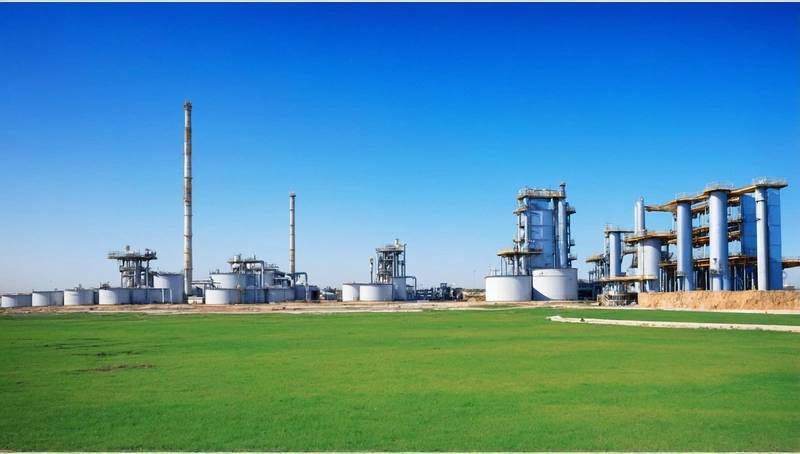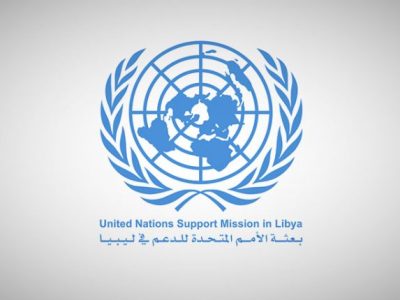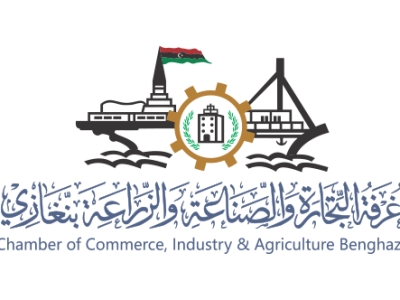Libya Energy Strategy: Diversifying Beyond Oil
The prospect of regional realignment in the Middle East has moved from speculation to urgency. Even with a military ceasefire taking hold, instability across the region is reshaping global energy markets. Given Iran’s central role in global supply chains (it continues exporting significant volumes of oil despite sanctions), conflict-induced volatility could trigger both immediate disruptions and long-term shifts – and Libya, another oil-dependent nation wrestling with its own post-conflict recovery, must recognize both the risks and the opportunities emerging from this changing landscape.
A Shock Followed by Stabilization – If the West Secures a Quick Victory
Iran’s energy infrastructure and security posture have been significantly weakened in the aftermath of this war, with the US reportedly having destroyed three key nuclear facilities. Who holds influence in Tehran in the months ahead is uncertain, but what is clear is that wider Middle Eastern instability has clouded the Strait of Hormuz – the world’s most critical energy chokepoint through which one-fifth of global oil flows. This risk premium would likely drive oil and gas prices sharply higher, reverberating across energy-exporting economies.
Libya’s onshore fields and coastal terminals, less exposed to Hormuz risks, could command premium pricing in the short term – but only if domestic stability holds. To capitalize, Tripoli must shore up export logistics, pre-position strategic reserves, and safeguard pipelines and terminals. Operators with flexible tanker charters and Mediterranean hub access will be best placed to step in while rivals are rerouting through longer, costlier corridors.
Minerals, Money, and Military Budgets
While oil dominates the headlines, instability threatens critical minerals as well. Iran possesses lithium, rare earths, and copper deposits essential for green-energy and defense industries. Disruptions to extraction and trade could spur shortages, amplifying competition for alternative suppliers.
Libya could seize this moment by diversifying beyond oil. Newly identified phosphate and iron-ore prospects provide an opening: fast-tracking concession tenders and offering stability guarantees could draw new upstream investment. Meanwhile, inflationary pressure in energy-importing economies will likely prompt central banks to tighten monetary policy. Libya’s finance ministry should channel any windfall from elevated oil prices into sovereign reserves, avoiding the trap of inflated current spending and ensuring buffers against a future downturn.
A Prolonged Power Vacuum: The Less Optimistic Scenario
If instability across the region escalates without resolution – echoing Libya’s own post-Gaddafi fragmentation or Iraq’s turbulent transitions – militias and proxy forces may target infrastructure, while black-market actors exploit the security vacuum. Attacks on tankers, pipelines, or Gulf ports could force prolonged rerouting, pushing global carriers into southern passages around Africa and raising insurance costs system-wide.
Libya’s experience offers a stark reminder: disorder undermines production and investor confidence for years. In this scenario, Tripoli must harden defenses – reinforce perimeter security, integrate real-time monitoring of energy corridors, and deepen naval cooperation with Europe for maritime escorts. Demonstrating operational command even as regional neighbors falter would help Libya preserve its position as a “safe” crude supplier, commanding premium value for guaranteed delivery.
Strategic Playbook
Already, major shipping firms are adjusting. Frontline suspended contracts through Hormuz, while two oil tankers turned back after US strikes on Iranian sites. Maersk continues transits but warns of rapid reversals. These shifts highlight just how quickly market sentiment reacts to instability.
For Libya, logistics diversification is imperative. Expanding throughput at Mediterranean ports like Tobruk or Misrata, and forging ties with Malta or Cyprus as transshipment hubs, would spread risk. Flexible chartering strategies – spot and time-charter contracts – will allow the national oil company to pivot quickly as chokepoints fluctuate.
The Three Horizons: Short, Medium, and Long-Term Impact
- Short-term: Gulf ports from Bandar Abbas to Fujairah could face partial or prolonged closures. Firms with agile fleets and multi-port access will step in, and Libya should streamline export licensing, expedite customs clearances, and offer differentiated tariffs to capture revenue.
- Medium-term: As new political alignments emerge, Iran and other regional players may re-engage global buyers with competitive pricing. Libya must stay competitive by lowering lifting costs through digital field optimization and upgrading petrochemical capacity through joint ventures.
- Long-term: Once sanctions ease and new trade flows stabilize, regional suppliers could flood both hydrocarbon and mineral markets, pushing prices lower. Libya must prepare today by investing in cost-reduction initiatives, expanding into downstream and midstream assets, and securing markets in Asia. Building petrochemical parks and power-export interconnections can help Libya evolve from raw-commodity exporter into an integrated energy hub.
Crisis-Tested and Ready for What’s Next
Resilience isn’t reactive; it’s preemptive. The shifting sands of Middle Eastern geopolitics demand that countries embed crisis-planning at the heart of their strategies. Libya’s own hard lessons underscore the essentials: secure infrastructure, diversify markets and routes, and preserve sovereign reserves to withstand shocks.
By acting decisively now, Tripoli won’t just weather the turbulence of regional instability – it will be positioned to lead in the new global energy order that emerges from the redrawn map of the Middle East.




